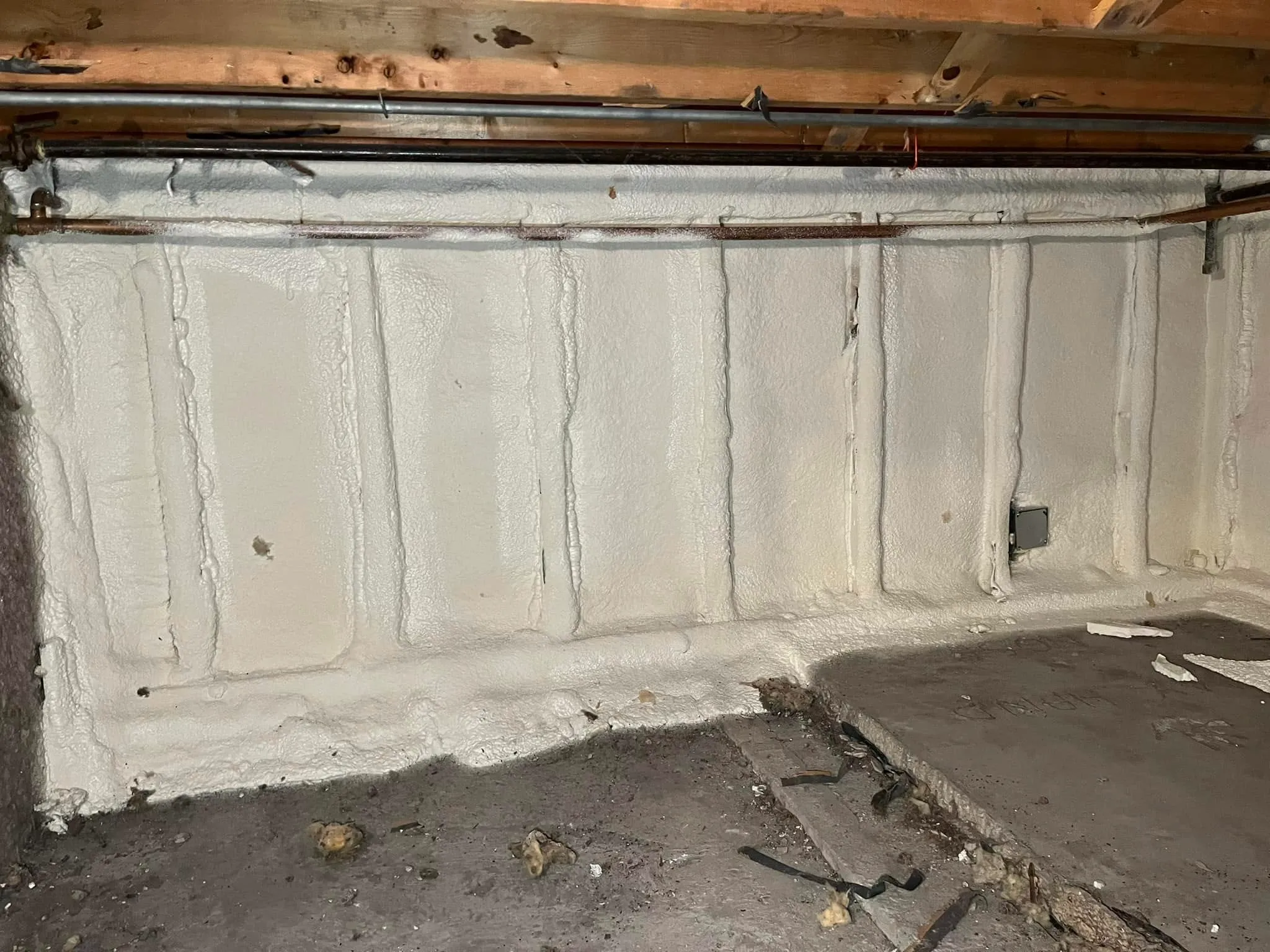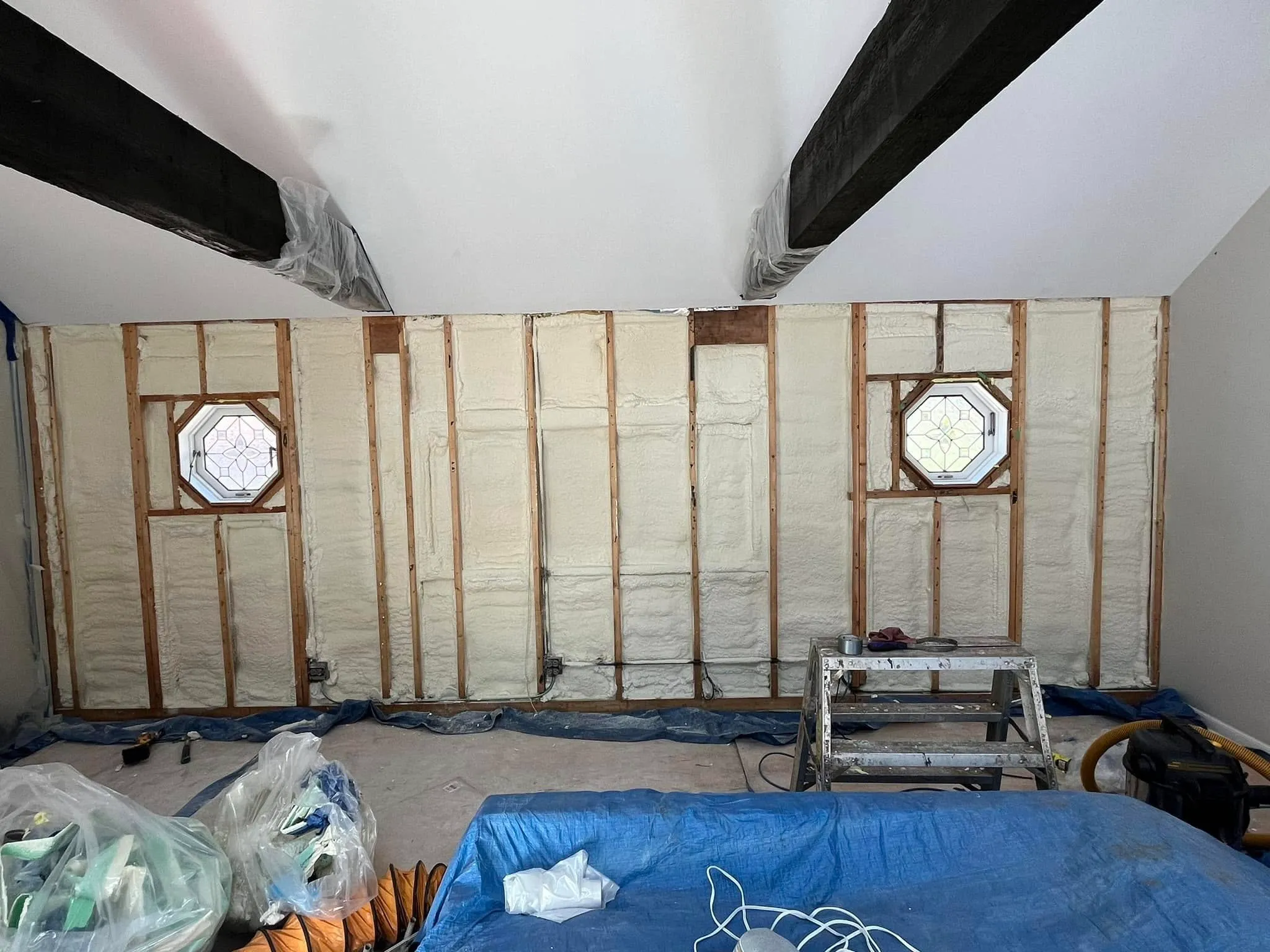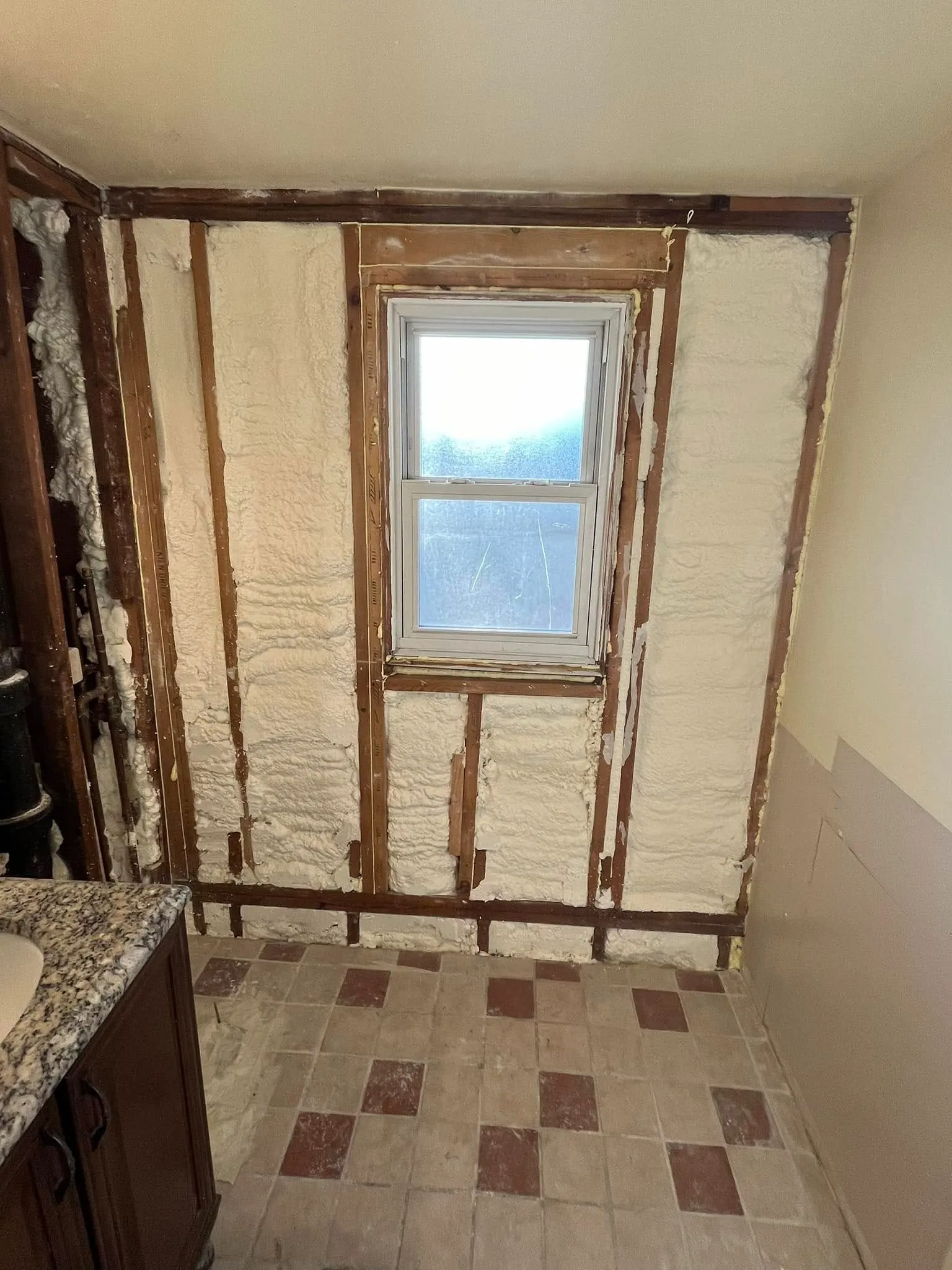
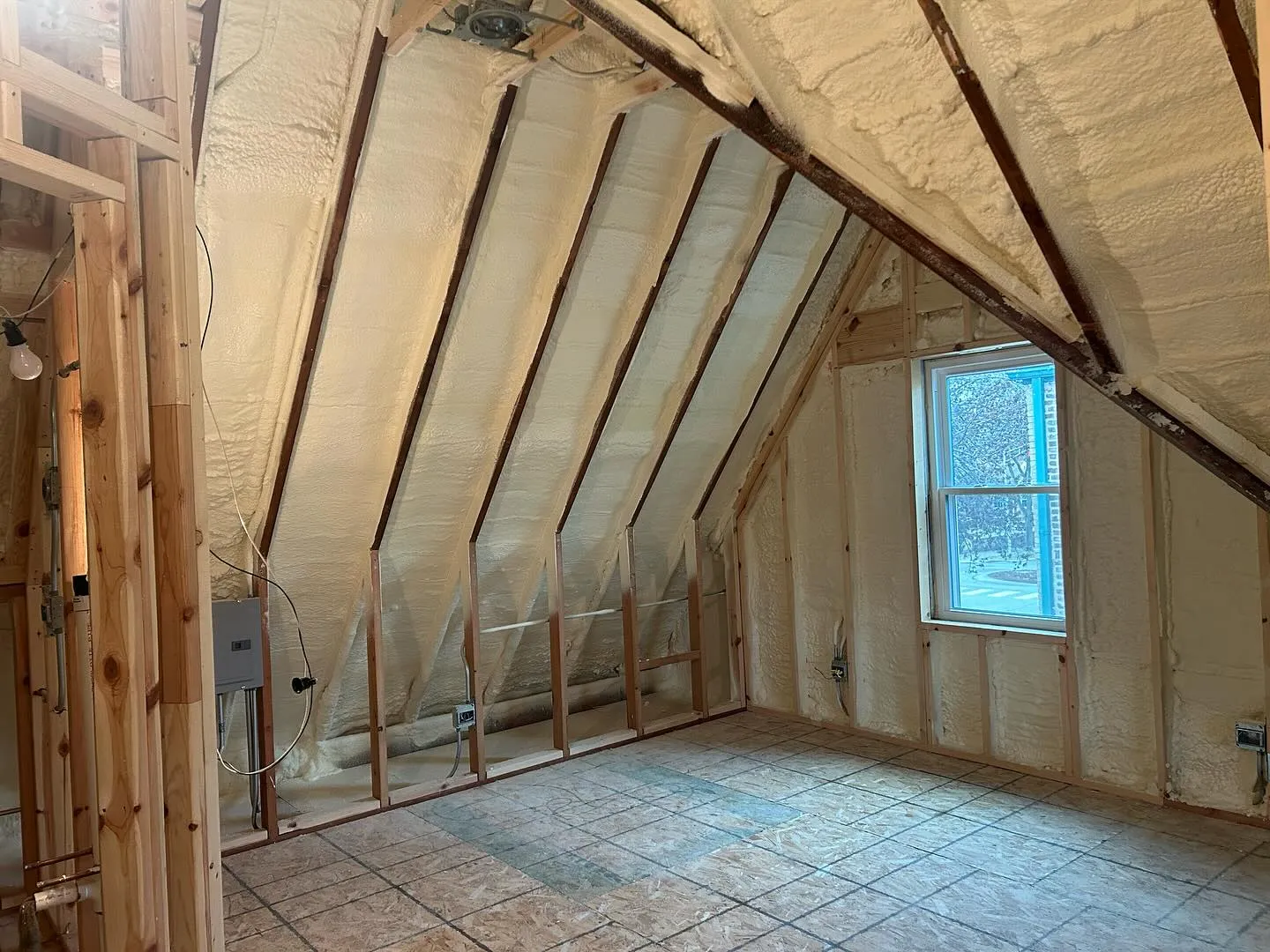
Proper insulation does more than just keep a home warm in the winter and cool in the summer. For homeowners in Oak Lawn, it creates a foundational sense of stability and security by regulating the indoor environment, reinforcing the home’s structure, and providing a buffer from the outside world. When insulation effectively manages temperature fluctuations, it prevents the constant expansion and contraction of building materials, which reduces stress on the home’s frame. It also acts as a sound barrier, dampens vibrations, and, when installed correctly, helps manage moisture to protect against rot and decay. These elements work together to make a house feel quieter, stronger, and more protected.
This article explores the direct connections between insulation and the physical and perceived stability of a home. The information here is based on extensive experience in residential building science and practical application in homes across the Chicago area, offering a clear guide to understanding this essential home component.
The climate in Oak Lawn presents a significant challenge for any home, with hot, humid summers and frigid winters. These temperature swings cause building materials like wood, drywall, and metal to expand and contract. Over time, this cyclical movement can lead to minor structural shifts, causing drywall cracks, sticking doors, and warped window frames. Proper insulation acts as a thermal barrier, dramatically slowing the transfer of heat. According to the U.S. Department of Energy, insulation is one of the most practical and cost-effective ways to make a house more energy efficient.
By maintaining a more consistent indoor temperature, insulation minimizes these expansion-contraction cycles. This reduces the daily stress on the home’s frame, fasteners, and finishes, contributing to long-term structural soundness. The house settles into a more stable equilibrium, free from the constant strain imposed by Chicagoland’s weather.
Bonus Tip: A common oversight is uninsulated rim joists in basements. This area is a major source of heat loss in the winter and can introduce moisture in the summer. Sealing and insulating this small space provides a noticeable improvement in comfort and stability for the entire first floor.
A sense of security is closely tied to privacy and peace. Unwanted noise from traffic, neighbors, or even airplanes can make a home feel exposed and less like a personal sanctuary. Insulation materials, particularly those with high density like cellulose and certain types of mineral wool, are excellent at absorbing sound waves.
This sound-dampening effect works in two ways:
Moisture is a silent threat to a home’s stability. Water vapor can infiltrate wall cavities, leading to mold, mildew, and, most destructively, wood rot. When wooden studs, joists, and sheathing are compromised by moisture, the home’s structural integrity is put at risk. This can lead to sagging floors, weakened walls, and costly repairs.
Modern insulation systems often incorporate vapor barriers or retarders to control the movement of moisture. Some insulation types, like closed-cell spray foam, are inherently water-resistant and act as an all-in-one insulation and moisture barrier. By keeping the structural components of your home dry, insulation prevents the slow decay that undermines its stability from within. The Federal Emergency Management Agency provides guidelines on how managing moisture is essential for creating disaster-resilient homes, a principle that applies to everyday durability as well.
Different insulation types offer varying levels of thermal, acoustic, and structural benefits. The right choice depends on the specific needs of an Oak Lawn home.
| Insulation Type | Average R-Value per Inch | Moisture Management | Sound Dampening |
|---|---|---|---|
| Fiberglass Batts | 3.1 – 4.3 | Requires a separate vapor barrier | Good |
| Blown-In Cellulose | 3.2 – 3.8 | Absorbs moisture; needs a vapor barrier | Excellent |
| Open-Cell Spray Foam | 3.5 – 3.6 | Permeable to moisture vapor | Excellent |
| Closed-Cell Spray Foam | 6.0 – 7.0 | Acts as a moisture barrier | Good |
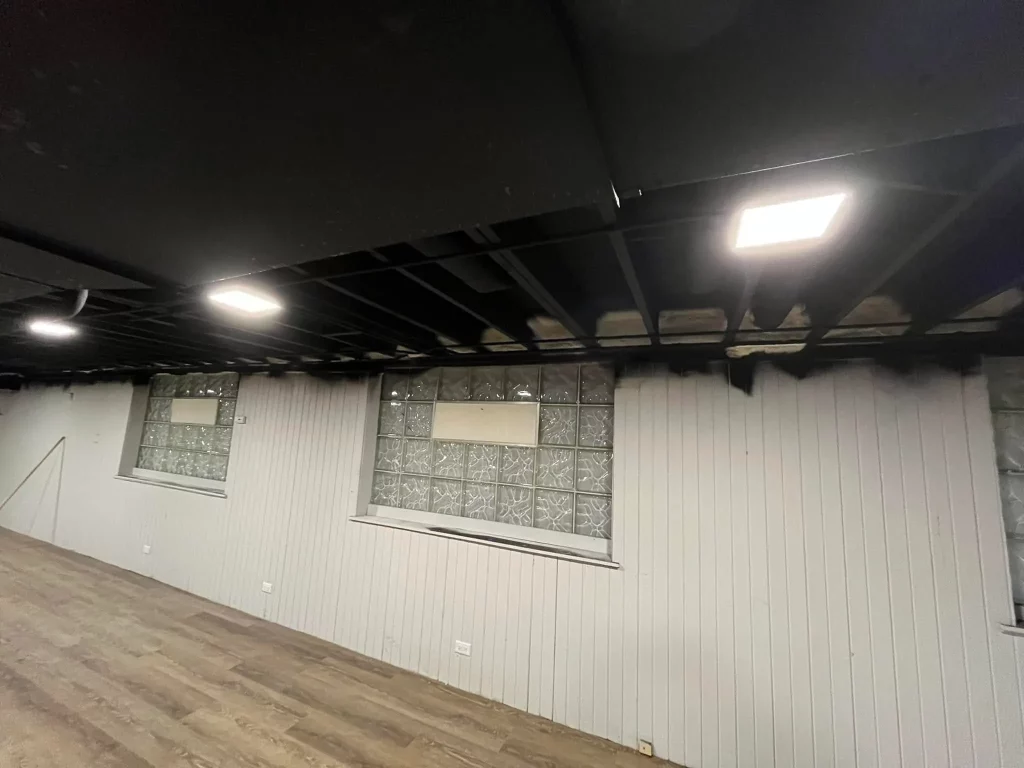
Before investing in new insulation, it’s important to evaluate your home’s specific situation.
Bonus Tip: Schedule a professional energy audit. An audit uses tools like infrared cameras and blower doors to pinpoint exact areas of air leakage and insufficient insulation, providing a clear roadmap for improvements. To help you weigh these factors, here are answers to some common questions we hear from homeowners.
A well-insulated home is more than just energy efficient. It’s a home that feels stronger, quieter, and more secure. By controlling temperature, reducing noise, and managing moisture, proper insulation directly contributes to the structural stability and overall comfort of your living space. For residents of Oak Lawn, addressing insulation isn’t just a seasonal upgrade; it’s a long-term investment in the integrity and security of the house itself. Evaluating your home’s unique needs is the critical next step, and a professional assessment ensures you make the best choice for its future.
Making the right decision for your home’s insulation requires expert knowledge of building science and local conditions. For a thorough evaluation and recommendation tailored to your specific needs, you can reach out to the team at South Chicago Insulation. Contacting a professional can clarify your options and provide a clear path forward. To discuss your home, you can call (779) 803-8025 or send your questions to [email protected].
There isn’t one single “best” type. The ideal solution often involves a combination. For example, closed-cell spray foam is excellent for basement rim joists and areas prone to moisture, while blown-in cellulose is a great choice for attics due to its gap-filling ability and sound-dampening properties.
By air sealing cracks and gaps along with insulating, you reduce the infiltration of outdoor pollutants, dust, and allergens. This helps create a cleaner and healthier indoor environment. However, as mentioned, proper ventilation must be maintained.
Yes. Energy efficiency is an increasingly important factor for homebuyers. A well-insulated home is not only cheaper to operate but is also perceived as more comfortable and well-maintained, which can make it more attractive on the market.
Most projects, like an attic top-up or wall insulation for an entire home, can be completed in one to three days. The exact timeline depends on the size of the area and the type of insulation being installed.
While DIY-friendly options like fiberglass batts exist, professional installation is recommended for ensuring complete coverage without gaps and for handling materials like spray foam, which require specialized equipment and safety precautions. Improper installation can reduce effectiveness and even cause moisture problems.

